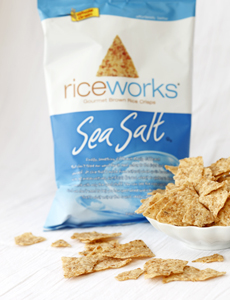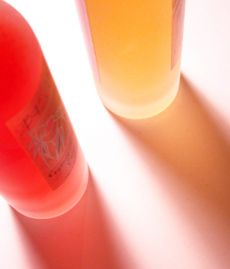
Don’t be fooled by package ingredients. If
it doesn’t say whole wheat or whole grain,
it isn’t. (This sandwich bread is.) |
|
Yesterday, we were at the bagel shop perusing our choices. While leaning towards the “everything” bagel, we decided that, as a trade off for all the carbs and cream cheese fat, we should at least make it a whole grain bagel.
The darker-looking bagel choices included oat bran, oatmeal, pumpernickel and whole wheat. But “dark” doesn’t mean “whole grain.”
Pumpernickel isn’t made from whole-grain flour; oatmeal and whole wheat are. Oat bran, while high in soluble fiber, isn’t considered a whole grain (it has the fiber but not the vitamins and minerals).
Processed white flour is stripped of much of its fiber and nutrients, while whole grain flour contains fiber, protein, vitamins and minerals including B vitamins and trace minerals (iron, zinc, copper and magnesium). A diet rich in whole grains has been shown to reduce the risk of heart disease, type 2 diabetes, obesity and some forms of cancer. |
|
The need to eat whole grains is espoused in magazines, television and healthy websites. Yet, though it’s an easy switch to make in one’s food purchases, only about 10% of Americans eat whole grains daily.**According to Web MD.
Food producers have responded and far beyond sliced bread and bagels, there are whole grain tortillas, pita, pretzels, pasta, pizza crusts and other flour-based foods.
- If it says wheat flour and not “whole wheat flour,” it is not whole grain. “Unbleached” and “enriched,” “cracked wheat” and “100% wheat flour” do not change that fact.
- In fact, the word “enriched” is a dead giveaway for refined flour; after processing, vitamins are added back in to enrich the nutrition-stripped flour.
- “Multigrain” is not whole grain. It just means that it’s a blend of different, processed grains. It may or may not contain some whole grain.
- The same goes with your breakfast cereal. While Total, Product 19, and Special K are seen as healthy choices, only Total is whole grain.
How else can you be sure that it’s whole grain?
|




